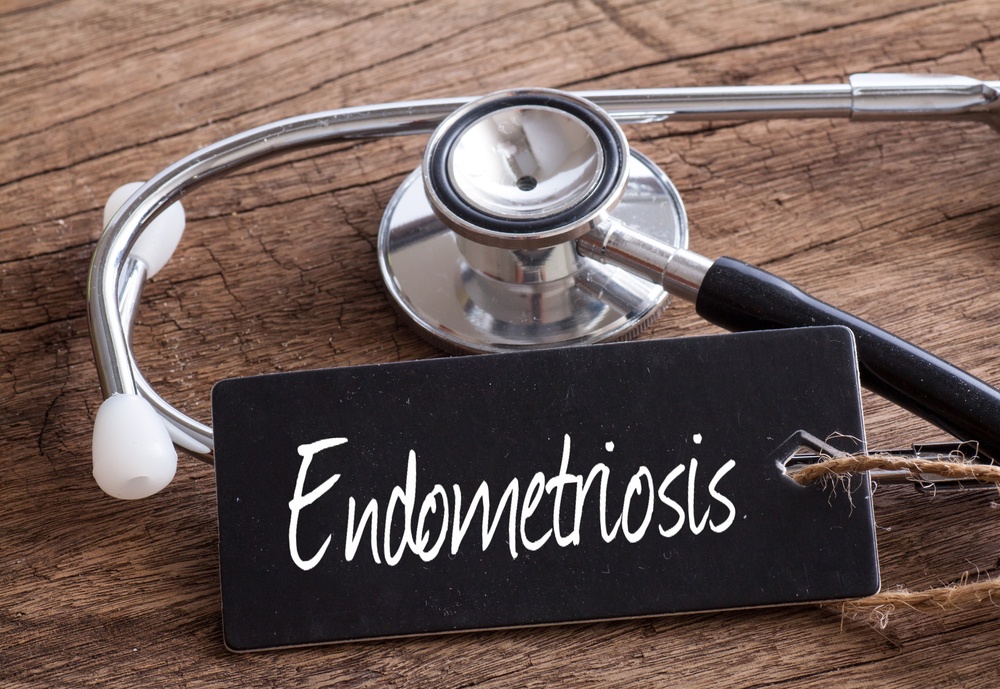
What is deep endometriosis and how is it different from endometriosis?
Endometriosis is a chronic and often debilitating condition affecting 1 in 10 women in the UK. The condition arises when cells similar to those found in the womb are found elsewhere in the body. Each month, these cells build-up, break down and bleed. This can cause symptoms such as chronic abdominal pain, period pain, pain during or after sex, and infertility. Occasionally, rather than growing on or very near the surface, the endometrial cells grow deeper into tissues and organs, such as the bowel, bladder, and vagina, causing a severe form of the condition. This is called deep endometriosis (DE).

Current treatment options for patients with deep endometriosis
DE can be treated by taking hormones such as the combined contraceptive pill. This can shrink areas of endometriosis or prevent new areas from forming. Keyhole (laparoscopic) surgery can also remove or destroy areas of endometriosis.
However, hormones are not suitable for women who want to get pregnant and can produce side effects. Keyhole surgery for DE can reduce pain but the procedure is complex and there is a risk of damaging the surrounding organs.
What is the purpose of the DIAMOND study?
Clinical guidelines state that either hormones or surgery can be used. To recommend one treatment over the other, research that directly compares them is needed. The limited research that has been done suggests that, for some women with DE who are not considering immediate pregnancy, hormonal treatment over many months could be just as effective as surgery in relieving pain.
The National Institute for Health Research (NIHR) commissioned the DIAMOND trial to compare the clinical benefits and risks of surgery versus medical (hormonal) management as treatments for DE. Recruitment is set to begin in centres across the UK.
How will health economic analysis be conducted in this study?
Throughout the 18-month study period patient assessments and questionnaires will be used to measure the health care resource use and health related quality of life of participants. Aspects of health care resource use will be combined with unit prices to estimate the total health care costs for each person.
An ‘area under the curve’ approach will be used to estimate quality adjusted life years (QALYs) at the individual participant level over the same period. This participant level data will allow us to estimate the mean difference in costs and health benefits over the 18-month follow-up period of the randomised controlled trial.
What challenges do we anticipate for the economic analysis?
The 18-month follow-up period will allow us to assess the improvements in health-related quality of life that can be expected for the treatments being compared. However, DE is a chronic condition. Impacts and treatment beyond the follow-up period may be important drivers of cost-effectiveness. Therefore, a decision analytic model will be developed to assess the expected differences in costs and outcomes up to the time on menopause, or over the life-time of women.
The model will capture events such as the recurrence of pain and its impact on health-related quality of life, the need for subsequent treatments for endometriosis, and associated costs and health benefits. As far as possible, we will use trial data for the model, but it is likely that external evidence from published studies will be needed to identify longer term risks and treatment costs and benefits. Also, women taking part in the trial will be asked to consent to long-term follow-up. This will allow the model to be updated in the future with data on further surgery on participants.
This study involves Graham Scotland and Charlotte Kennedy from HERU, in collaboration with a research team that includes gynaecologists, GPs, researchers, and patient representatives, along with colleagues at the universities of Aberdeen, Birmingham, Bristol, Nottingham, Sheffield, and University College London.
The DIAMOND study website contains more information on the trial.

Many thanks to Charlotte Kennedy and Graham Scotland of HERU for their work developing this blog post.
This project was funded by the National Institute for Health Research Health Technology Assessment (HTA) programme (reference NIHR130310) and is run by the University of Aberdeen and NHS Grampian. The views expressed are those of the author(s) and not necessarily those of the NHS, the NIHR or the Department of Health and Social Care.
HERU is supported by the Chief Scientist Office (CSO) of the Scottish Government Health and Social Care Directorates (SGHSC). The views expressed here are those of the Unit and not necessarily those of the CSO.


